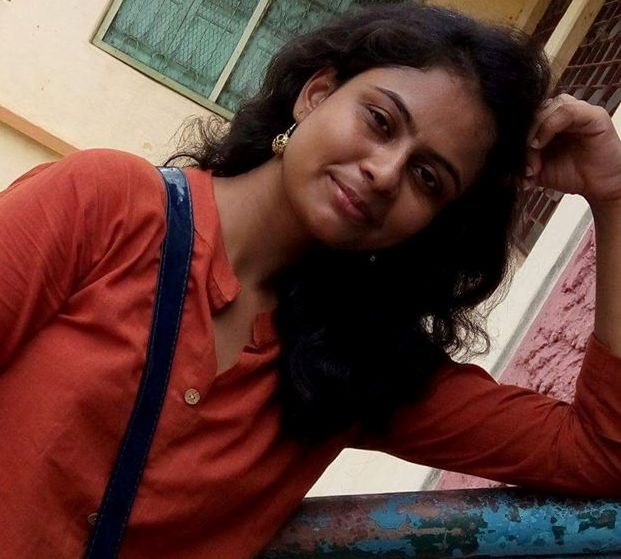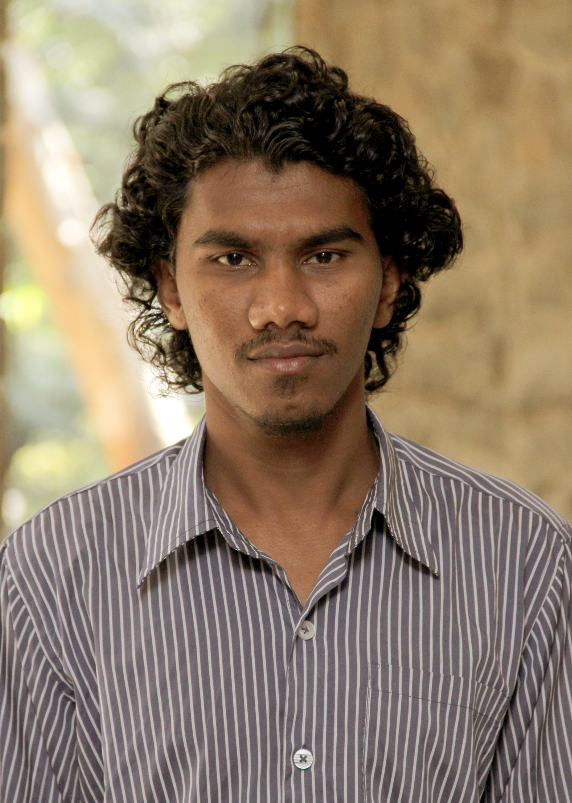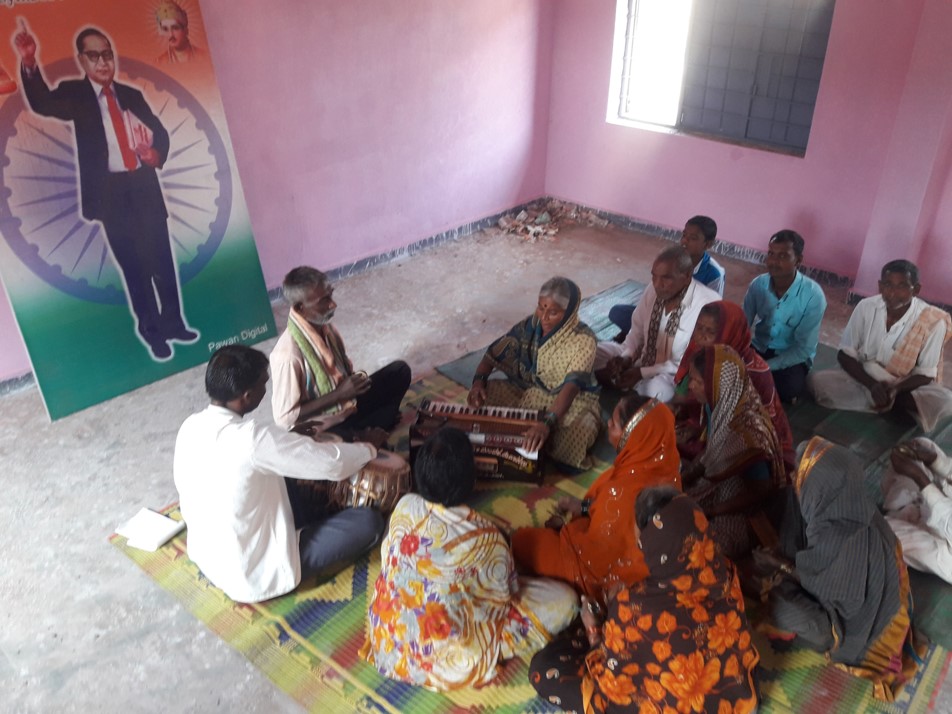Ravindra Kumar Goliya
 If movies are about storytelling, then ‘Article 15’ is a very well made movie. It grips you for the entire duration of 2 hours and 11 minutes. Also, it is said to be a movie about caste and who else other than a Brahmin can make a good movie on ‘Caste’, since it is a system designed by and for Brahmins. Not only is the film about caste, but it is also about how caste is perceived by savarnas and that is depicted very honestly. This is very much evident in how different characters and scenes were created.
If movies are about storytelling, then ‘Article 15’ is a very well made movie. It grips you for the entire duration of 2 hours and 11 minutes. Also, it is said to be a movie about caste and who else other than a Brahmin can make a good movie on ‘Caste’, since it is a system designed by and for Brahmins. Not only is the film about caste, but it is also about how caste is perceived by savarnas and that is depicted very honestly. This is very much evident in how different characters and scenes were created.
But movies are not only about storytelling alone, they also claim to hold a mirror to society. They create certain stereotypes by creating typical characters and sequences. Of course, these mirrors come with different filters and in this movie the filter is ‘a movie made by savarna, for savarnas’.
So you have a hero in the film who is ‘casteless’ Brahmin. He is not aware of his ‘Brahminness’, though I am yet to meet a Brahmin who is not aware of his caste and proud of it. Then there is this submissive police officer who willingly withdraws his plate of bhajiya and does not share it with his boss because of his ‘low’ caste status. This might be the case in 1970s and 80s when first generation Dalits had entered the Government services. But second and third generation Dalit Government employees, that too in a state like UP where Bahujan politics has had some success, these days are more confident and a character to that effect could have been created. Another instance where the father of one of the missing girls says that ‘the criminals could have kept their daughters for one or two nights, but they should not have killed them’. This is demoralizing for Dalits who are watching the movie. This is how stereotypes are created. This is again repeatedly shown in the movie when Brahmdatta Singh the circle officer keeps on saying, ‘Yeh log to aise hi hote hain’ (these people are like this only).
Another thing that the movie tries to do is demonize the Dalit government employees. In one of the conversations, Jatavji says, ‘those living in filth will never progress in life’. He is talking about the area he had grown up in. The same character could have been shown helping next generation students. There are many Dalit government employees who do this. Dalit government employees are shown as sheepish but Kanshiram created the most successful political platform for the marginalized with the very same government employees. So every character is shown according to how Savarnas perceives them and in most cases, it is demoralizing for Bahujans. This makes it a very dangerous movie to be watched by Bahujan youth who want a change in society.
The movie tries to widen the gaps in the already fragmented society. One of the characters explains how ‘Pasis’ are much below in the caste ladder than ‘Chamars’. So everybody practices casteism and everybody is comfortable with it. Another savarna perception forced on the audience. Interestingly, there is no question on the ultimate beneficiary of the caste system: ‘the Brahmin’.
The movie also clears the savarna urban middle class of any guilt for the caste discrimination that they practice. It tries to establish that caste is a rural phenomenon and associated only with Dalits. It is still very difficult for a Bahujan to find a house to rent in many localities of a big city. How conveniently the hero shows ignorance of his caste identity. He is also ignorant about his privileges. Anubhav Sinha has mentioned in several interviews that his movie is not against anybody. That is exactly the point, caste discrimination has no villains. This is an all India project. Be it academics, art or movies the oppressor is always invisible. You will then find these guilt-free savarna kids asking everywhere, ‘where is caste?’, ‘why punish us for crimes of our forefathers?’
There are three suggested models in the movie to deal with caste. First, is a combination of aggressive youth, student and activist: he is supposed to be a strange mix of Chandrashekhar Azad and Rohith Vemula. The character is named ‘Nishad’ in the movie. This is one character in the movie acclaimed by the youth the most and was given some very fancy dialogues. His ultimate destination was the police bullet. So, what does the Bahujan youth derive from it? Join the aggressive youth movements and be ready for ultimate sacrifice or don’t join any movement because of the state violence. What kind of hope does that character give to Bahujan youth? Confuse or intimidate them?
The second model is of Bahujan politics and politicians. This model was shown as weak as possible. Though the reality is whatever little progress Bahujans have made in life has ultimately come from the legislature, be it representation in the form of reservations or strict laws like Prevention of Atrocities Act. Bahujan politics is shown in such poor light that Bahujan youth would never like to associate with them. Successful Bahujan politics is a nightmare for Savarnas.
The third model is the bureaucracy. There, if you have a privileged Brahmin bureaucrat who is also by chance sensitive, he is the only hope for Bahujans if they want to get justice in this caste society. Though, 99.9% of this bureaucracy is busy diligently maintaining ‘Brahma’s Equilibrium’.
The famous dialogue, ‘Kabhi hum harijan bante hain, kabhi hum Bahujan bante hain, bas kabhi Jan nahi ban pate’ uttered by our angry young man Nishad has its own politics. The terms ‘Harijan’ and ‘Bahujan’ are very shrewdly used in the same line. Both these terms have a history associated with them. While ‘Harijan’ is a term coined by Mr. M. K. Gandhi for untouchables, Dalits had never identified with it. For them it was always a derogatory term. On the other hand ‘Bahujan’ has its origin in the dictum ‘Bahujan Hitay, Bahujan Sukhay’ of the Buddha. This term was used by Manyawar Kanshiram to unite 85% of the population which comprises of SC, ST, OBC and converted minorities. Any journey of the oppressed to become ‘Jan’, the citizens, essentially passes through becoming ‘Bahujan’ first.
A movie, though a work of art, should be very cautiously watched for the subtle messages it propagates. Especially the marginalized should be careful while watching anything that creates a ‘Casteless Brahmin Hero’.
~~~
Ravindra Goliya is faculty at Jaypee University of Engineering and Technology, Guna.










